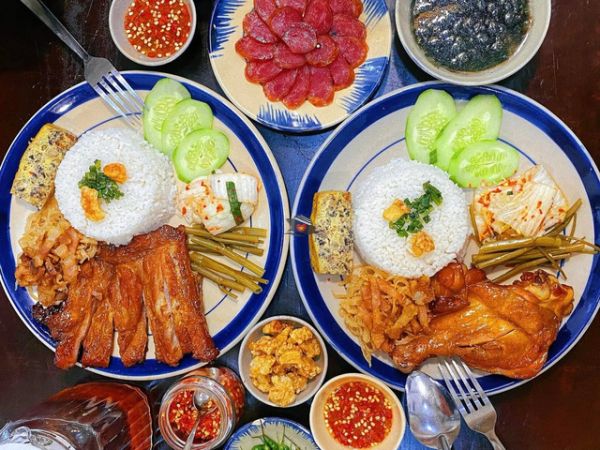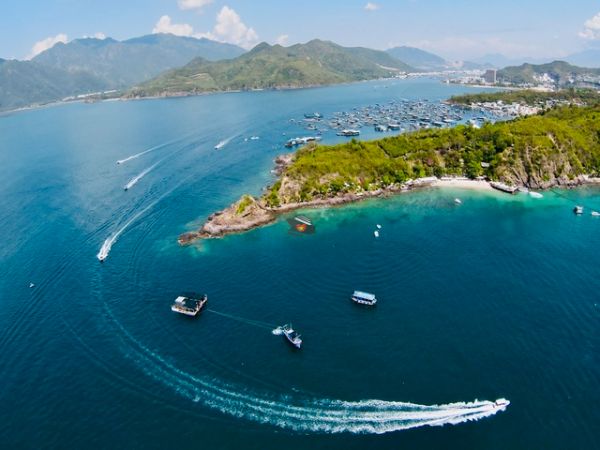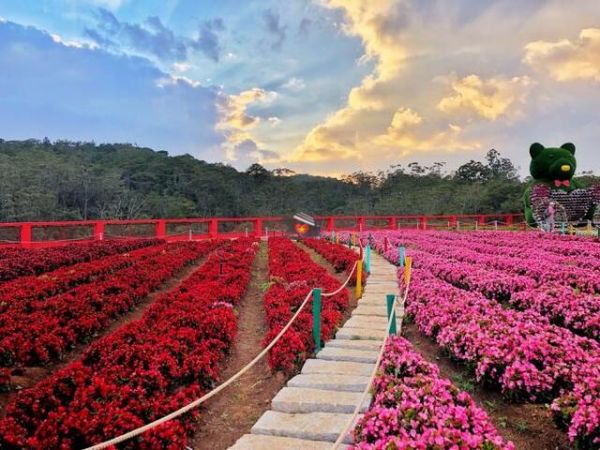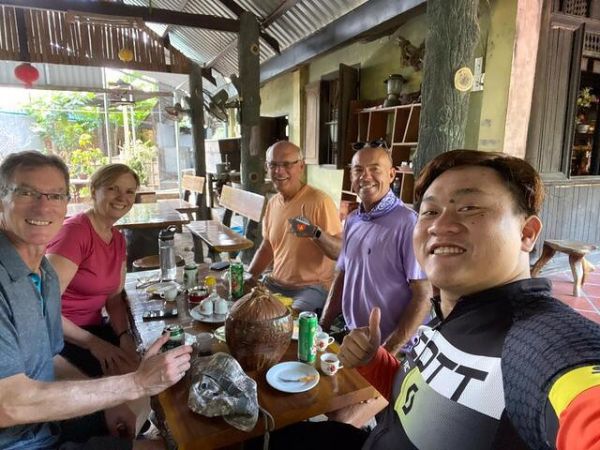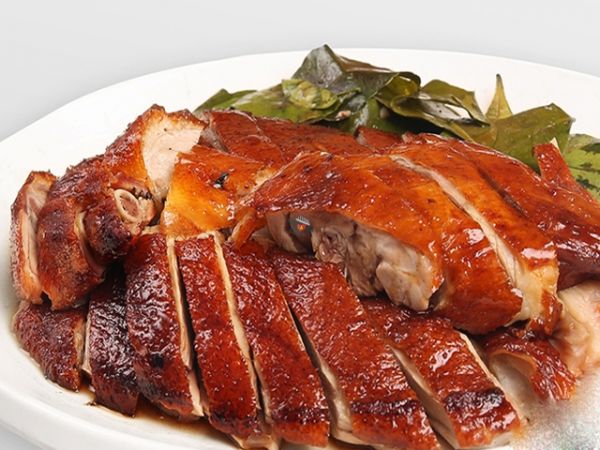CU CHI TUNNELS VIETNAM
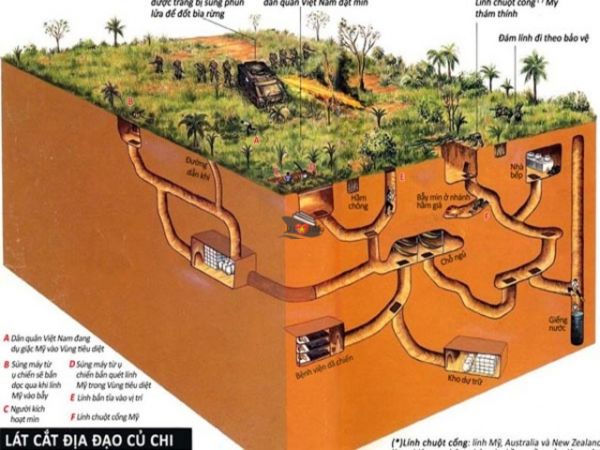
Cu Chi Tunnels Vietnam has been named one of the top seven most adventurous locations in Southeast Asia and one of the top twelve most beautiful underground wonders in the world. The decades-old tunnel network resembles a cunning concealed maze through which visitors may experience stormy Vietnamese history as if they were transported back in time.
Cu Chi Tunnels Vietnam Information:
Address: Phu Hiep Ward, Cu Chi District, Ho Chi Minh City, Vietnam
Aside from being a commercial powerhouse, Ho Chi Minh City (Saigon) incorporates historical relics that attract both local and foreign tourists. The Cu Chi Tunnels are one of the city's most important antiquities, providing first-hand experiences within the vast underground cave as well as fascinating insights into the lives of Vietnamese troops throughout the war.
Another thing to consider before your journey to Cu Chi is the weather. Cu Chi has two unique seasons due to its tropical climate: the rainy season (May to October) and the dry season (November to April), which is the best time to see the Cu Chi Tunnels.

Discover unforgettable Vietnam cruise shore experiences with Nha Trang Day Tours, exploring iconic destinations like Ha Long Bay, Hoi An, and Ho Chi Minh City during your cruise stop. Enjoy expertly guided tours, cultural insights, and seamless logistics, making every port visit a memorable adventure.
Cu Chi Tunnels Vietnam Directions:
Cu Chi Tunnels (Dia Dao Cu Chi in Vietnamese) is located on the outskirts of Ho Chi Minh City, 70 kilometers northwest of the city center. Ben Dinh Tunnels (Ben Dinh Hamlet, Nhuan Duc Commune) and Ben Duoc Tunnels (Phu Hiep Hamlet, Phu My Hung Commune) have well-preserved underground networks.
Cu Chi Tunnels Vietnam History:
During the Indochina conflict (1945-1954), the Tunnels of Cu Chi, a massive underground tunnel system, was first built beneath the jungle landscape, linking tunnels among hamlets and communes. It was used as a safe haven for revolutionary forces in Vietnam to travel between regions while avoiding French scouts.
During the Vietnam War, the network was expanded into an assembly complex for Communist guerrilla soldiers to house troops, transport communications, and supplies, receive medical treatment, take cover from aerial bombardment, and launch surprise attacks before dissolving beneath the ground. Cu Chi Tunnels, as a military headquarters, was critical in the Vietnamese troops' resistance against the American army in South Vietnam. It functioned as a remote bastion from which to organize plans and launch effective military actions, most notably the successful Tet Offensive in 1968.
Throughout the country's turbulent history, these renowned Saigon tunnels experienced the horrors of terrible battles and embodied the Vietnamese people's fortitude and inventiveness. The Travel magazine named the Cu Chi Tunnels one of the top seven must-see epic and adventurous destinations in Southeast Asia, while The New York Times named it one of the world's coolest places.

Cu Chi Tunnels Vietnam Underground System Networks:
The Cu Chi tunnel system used to go all the way to the Cambodian border, with a total length of about 250 kilometers, 120 kilometers of which have been properly conserved and are now open to the public. Visitors are astounded by the unique construction and endurance of the Cu Chi Tunnels Saigon complex, which is built on clay soil mixed with laterite. On the ground floor, hundreds of clever booby traps and fake bunkers have been built up to impale and confuse opponents. The tunnel openings are so tiny that only Vietnamese could fit through, with wooden manhole covers hidden by foliage.
The underground portion of the secret system consists of three deep levels with numerous passageways connected by a central axis and extending all the way to the Saigon River. The first level (3 meters below earth) could endure chemical warfare, gunfire, tanks, and armored vehicles, while the second (6 meters above ground) could withstand the destructive power of bombs. The third level is the deepest (it extends more than 12 meters above Earth). Escape hatches were built between the levels to combat harmful gas, as well as unrevealed vents going to the bottom. Communication passageways were built to be 0.81.2 meters wide and 1.5 meters thick.
A little-known detail about the Cu Chi Tunnels is that hundreds of kilometers of tunnels were constructed by Vietnamese soldiers using just their hands and crude instruments. The interior structure of the tunnels is reminiscent of a man-made subterranean city since it included required amenities for thousands of troops and inhabitants, such as kitchens, hospitals, schools, theaters, armories, chambers, and command centers.
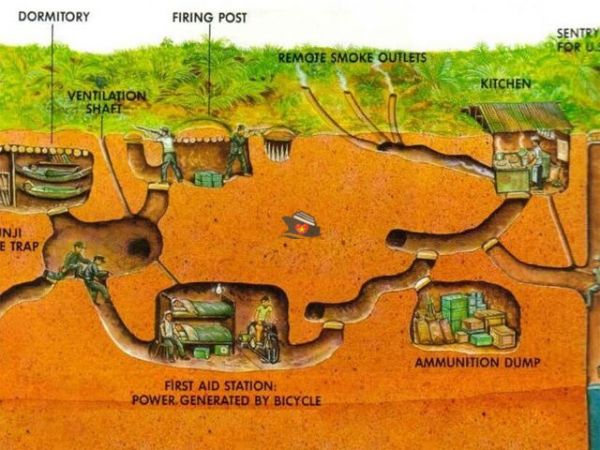
Shore Excursions Activities To Cu Chi Tunnels Vietnam:
Ben Dinh Tunnels: Ben Dinh was rebuilt and expanded to attract visitors, making it a congested stretch of the Cu Chi Tunnels network. Ben Dinh Tunnels are conveniently located near the Saigon River, where Cu Chi Commissioners led the troops and evacuated to the river if an emergency arose. From 1968 to 1975, it was widely utilized. After entering the site, you would begin with a thatched hut that displays a map of the region, tunnel plans, and black and white videos to educate you on the history. When you enter the bush, local guides will show you the frightening booby traps and hidden holes. Then, after 45 minutes to an hour in the tunnels, you'll discover historic conveniences, stunning displays, and fascinating stories about people who used to live here.
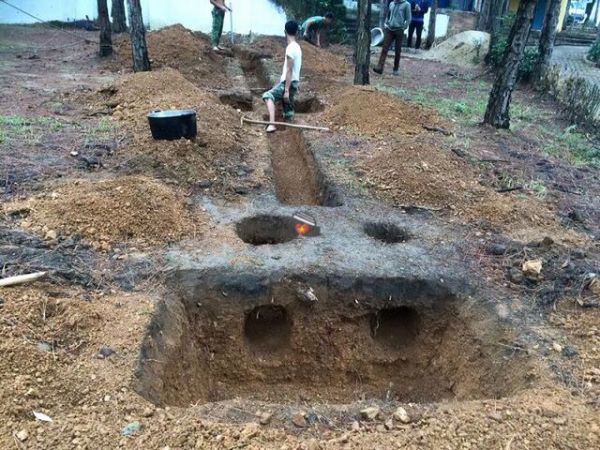
Ben Duoc Tunnels: The Cu Chi Ben Duoc Tunnels (100 hectares) are five times larger than the Ben Dinh Tunnels (17 hectares), however, there are fewer tourists. Ben Duoc is a popular destination for daring visitors looking to obtain firsthand knowledge of Saigon's underground metropolis. It allows guests to test their mettle by crawling through confined and rugged tunnels on a deeper level. The old tunnels have been enlarged and renovated with cementation and lighting to make the journey safer and less terrifying than it was previously. Every 10 meters, there are additional emergency exits. These hands-on activities will provide you with a vivid image of the tough living circumstances endured by Vietnamese soldiers throughout the conflict. Ben Duoc also has historical sites worth seeing, such as Hoang Cam Kitchen and the Ben Duoc Memorial Temple.

>> See more: Long Tan Battle Field Vung Tau
Play Shooting Gun & PaintBall Activities in Cu Chi Tunnels Vietnam:
Aside from the underground adventures, the Tunnels of Cu Chi provide fascinating military sports that captivate many international visitors. Both Ben Dinh and Ben Duoc offer shooting ranges where participants may handle weapons from the battle, such as AK-47s and M16s, under the supervision of the personnel.
Players in paintball shooting will be outfitted with masks, outfits, armor, and firearms for fighting in the natural forest. These war simulator games will allow you to feel the shooting, teamwork, and fighting spirit of former troops.
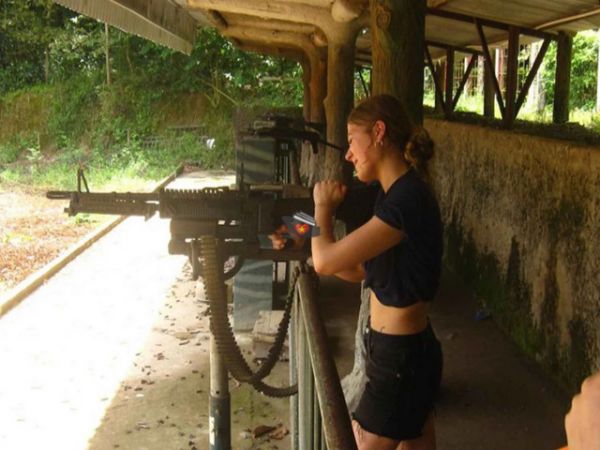
Hotline/ WhatsApp: +847-6666-0606
Email: info@friendlytravel.vn



